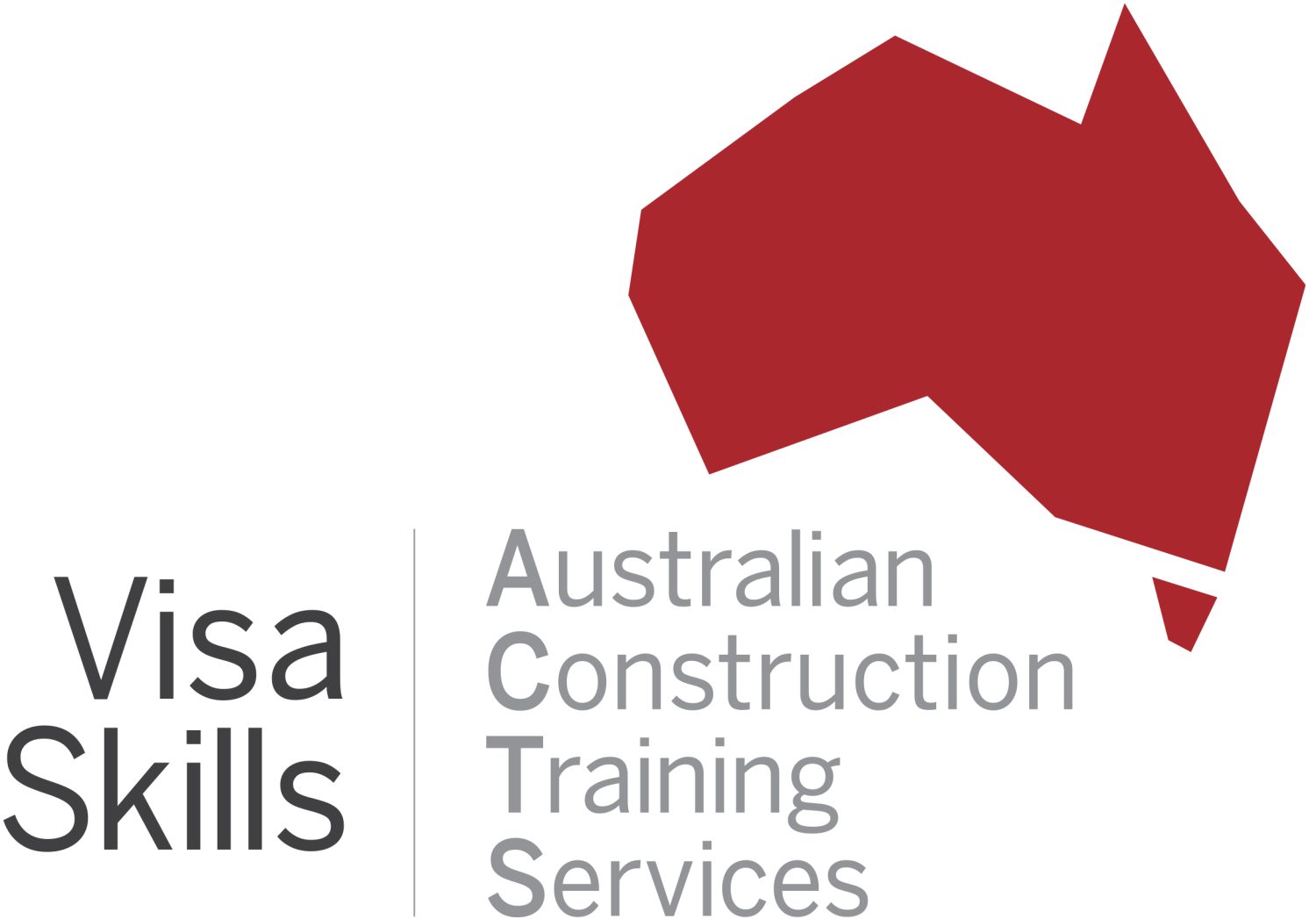Skilled trades are in high demand across the world. From cabinetmakers and welders to mechanics and tilers, tradespeople are the backbone of modern infrastructure. Yet, despite excellent opportunities abroad, many skilled workers hesitate to take the leap because of persistent myths about migration.
Let’s set the record straight. Below, we unpack common myths about migrating as a tradesperson — and share the real facts to help you make confident, informed decisions about your future.
Myth 1: “Tradespeople aren’t eligible for migration programs.”
Fact:
This couldn’t be further from the truth. Most countries with skills shortages — such as Australia, New Zealand, Canada and the UK — have dedicated visa pathways for tradespeople.
For example:
- Australia’s Skilled Independent Visa (subclass 189) and Employer Nomination Scheme (subclass 186) list dozens of trade occupations on their skilled occupation lists.
In fact, trades are often more in demand than many white-collar professions, giving applicants a competitive edge.
Myth 2: “You need a university degree to migrate.”
Fact:
Migration programs value skills, experience, and qualifications — not just degrees.
As a tradesperson, your apprenticeship, on-the-job training, and trade qualifications carry significant weight.
If your trade qualifications are recognised (or can be assessed through ACTS Visa Skills), you can absolutely qualify without a university degree.
Myth 3: “It’s impossible to get your trade recognised abroad.”
Fact:
Most destination countries have established systems for recognising foreign trade qualifications.
- In Australia, this process is managed through Trades Recognition Australia (TRA).
While you will need to provide documentation and sit for an interview, recognition is achievable — and thousands of tradespeople complete it successfully every year.
Myth 4: “You can’t bring your family with you.”
Fact:
Many skilled migration pathways allow family members to join you — either as dependents on your visa or through subsequent sponsorship.
Countries like Australia provide clear routes for partners and children to live, study, and even work while you’re employed in your trade.
Migration isn’t just about your career; it’s an opportunity to build a better life for your entire family.
Myth 5: “It’s too expensive to migrate as a tradesperson.”
Fact:
While migration involves some upfront costs (visa fees, skills assessment, relocation expenses), it’s usually an investment that pays off.
Skilled trades earn competitive salaries overseas — often significantly higher than in many home countries — and benefits like healthcare, pensions, and job stability add even more value.
With good planning and budgeting, migration can quickly turn into a life-changing financial opportunity.
Myth 6: “Language tests are impossible to pass.”
Fact:
Yes, language proficiency is important, but you don’t need to speak like a native professor. Tests like IELTS or CELPIP mainly assess your ability to communicate safely and effectively at work. With preparation and practice, most applicants achieve the required score.
Plenty of free and affordable prep resources are available — and many migration consultants offer tailored support for tradespeople.
Myth 7: “Employers don’t hire tradespeople from overseas.”
Fact:
Quite the opposite! Many employers actively recruit international trades workers to fill labour shortages.
Construction, manufacturing, and maintenance companies often sponsor skilled migrants or assist them in obtaining the right visa.
Your experience, reliability, and qualifications can make you an extremely attractive candidate abroad.
Final Thoughts
Migrating as a tradesperson can open the door to better pay, safer working conditions, global experience, and long-term stability.
Don’t let misinformation stop you from exploring your options.
By understanding the real facts — and getting expert advice when needed — you can turn your skills into a passport for a brighter future

